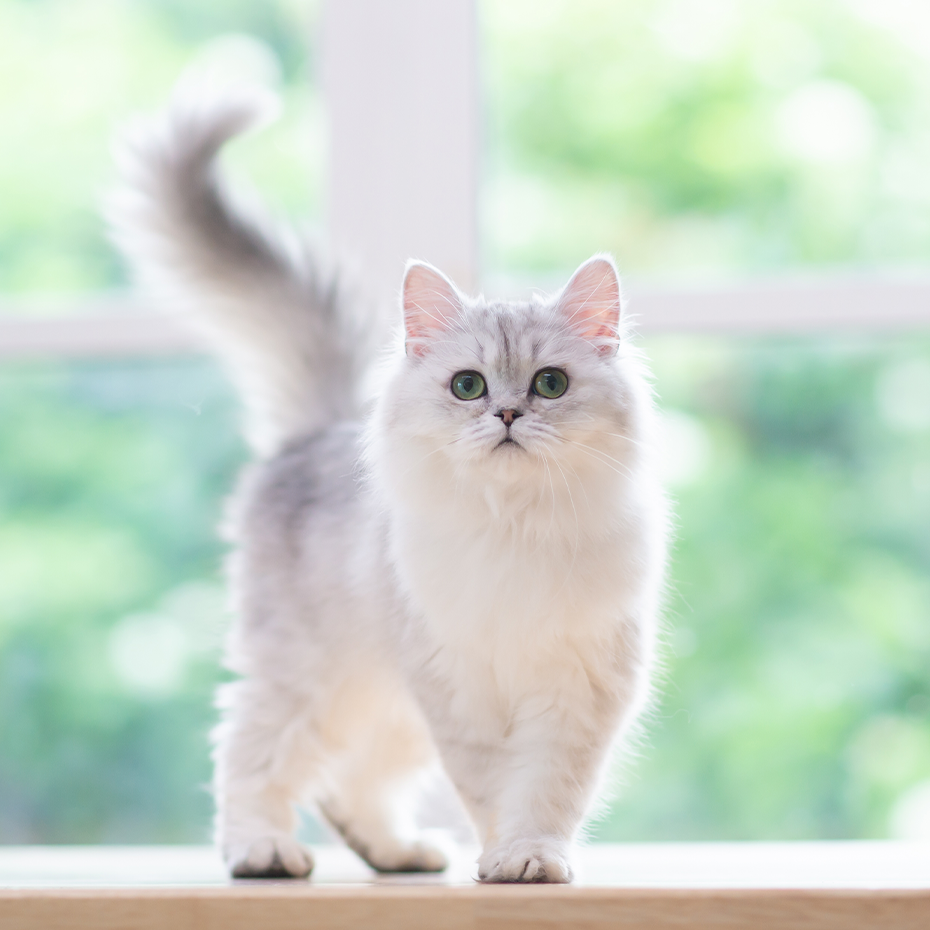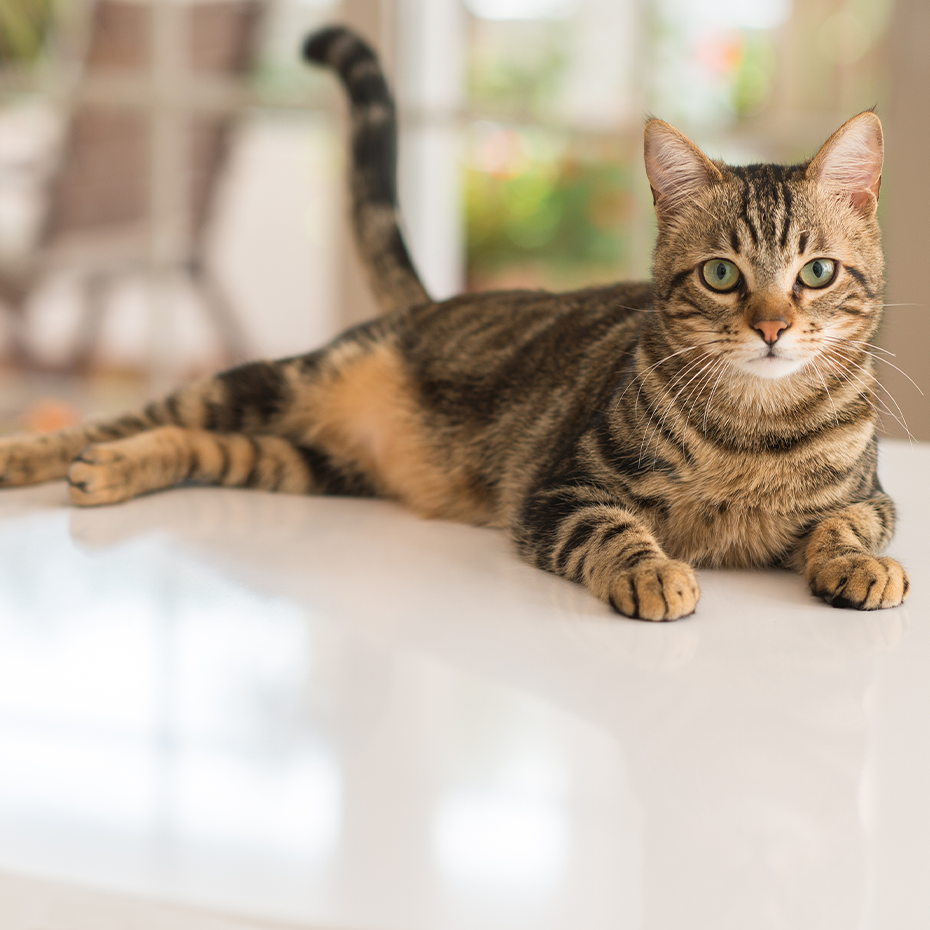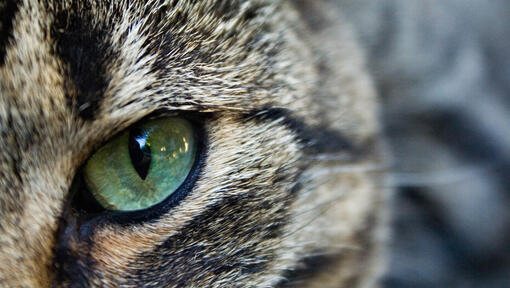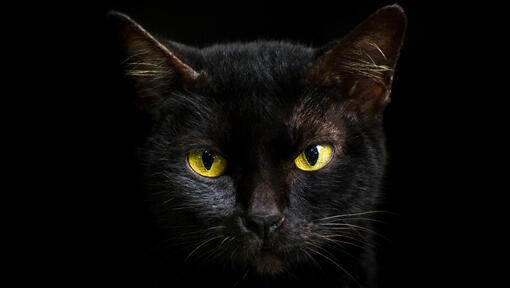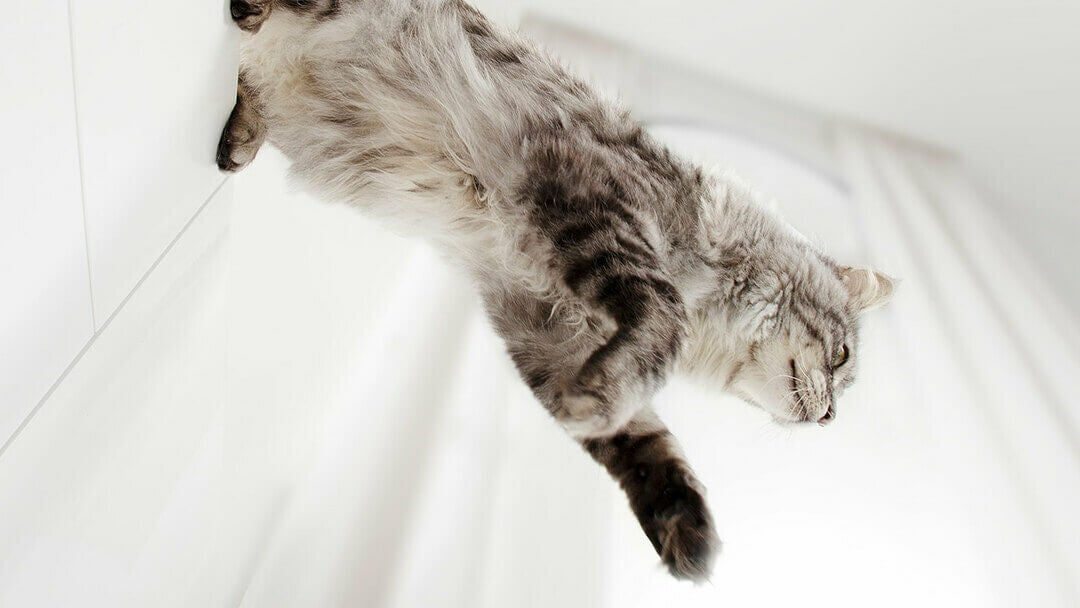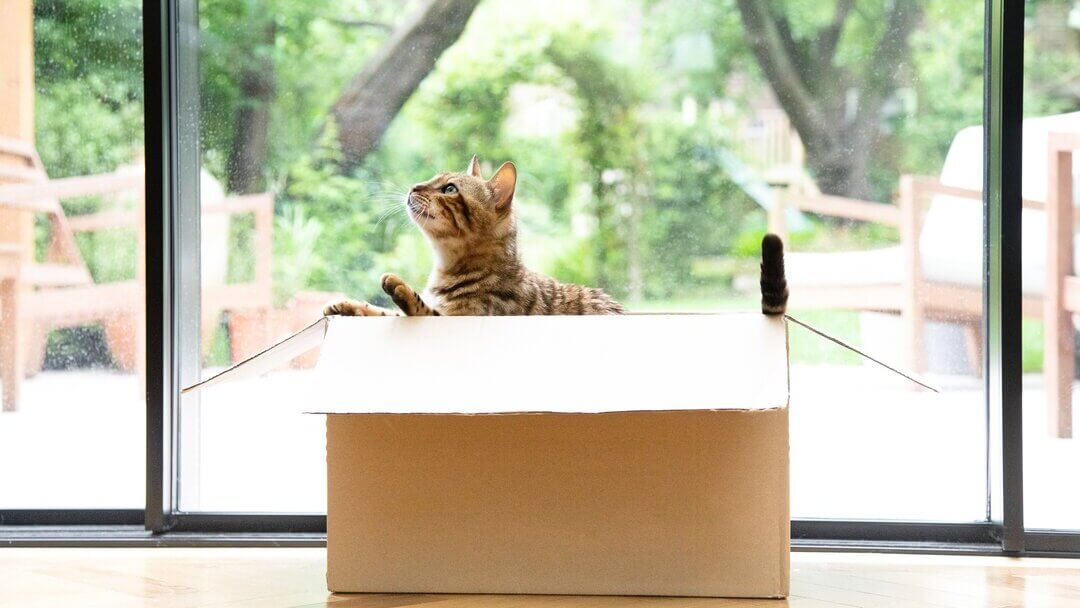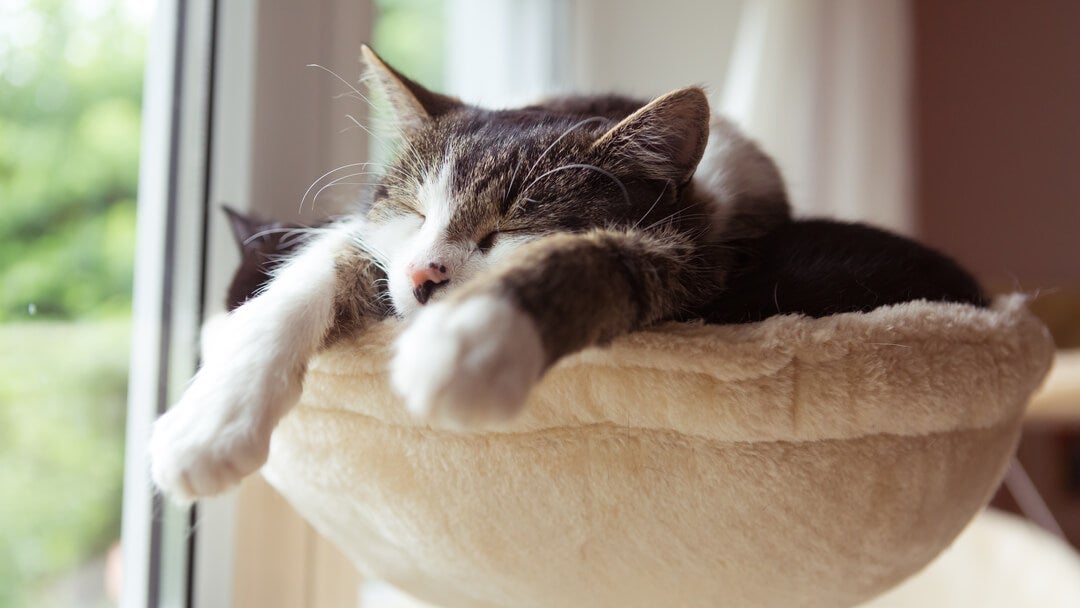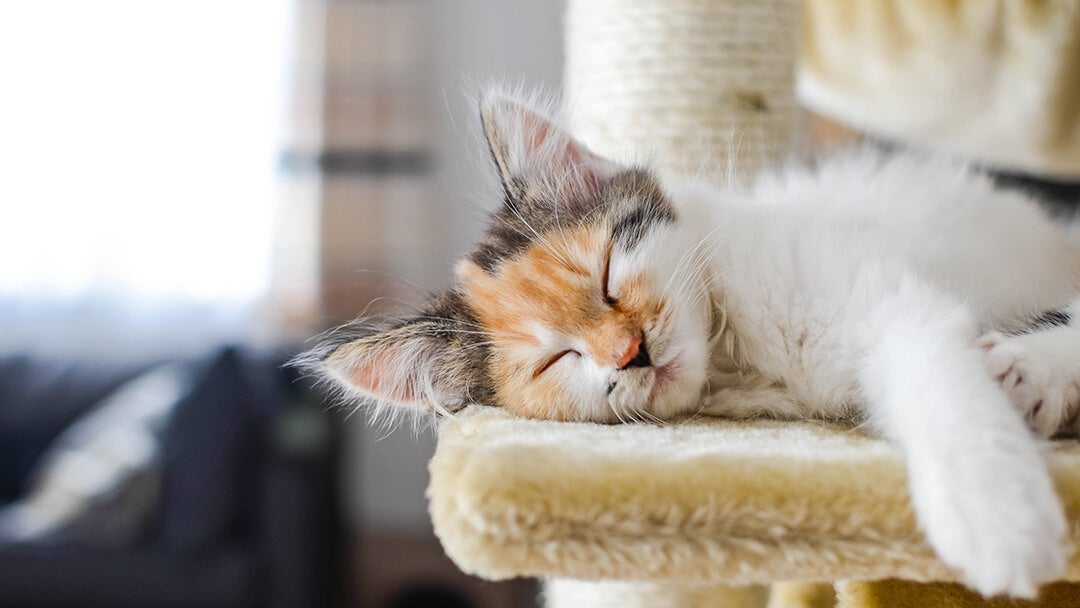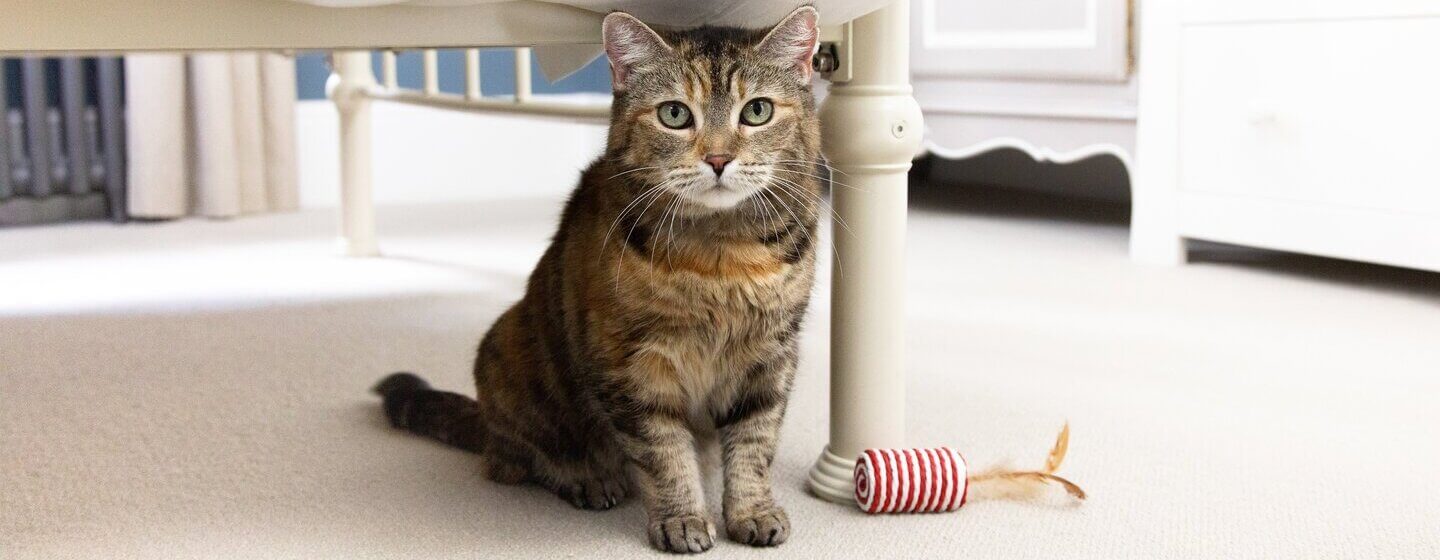
Cats are notorious night owls, so we've long thought that they have excellent night vision, but is this actually true? Find out everything you need to know about your cat's night vision with our guide.
Cats seem to do all of their best hunting at night. Many cat owners are familiar with being woken up with little gifts – such as a mouse or possibly even a sock – or the hyperactive run around the house many cats have in the middle of the night.
These night-time antics pose the question: can cats see in the dark? Many people believe that felines are nocturnal and so can see in the dark perfectly, but it may surprise you to learn that cats are actually crepuscular. This means that generally they’re more active around dawn and dusk.
So, if they’re not actually nocturnal, how good is cat’s night vision really? Keep reading to discover the secrets behind your four-legged friend’s intelligent eyes.
Can cats see in the dark?
The short answer is not exactly. Where it’s been widely thought that cat’s have their own built-in set of night vision goggles, they actually require at least some level of light to see. However, they only need one-sixth of the amount of light that humans do and can see in very low light.
Cats won’t be able to see in the dark, in the rare event that absolutely all light is blocked out, but their sight is much more advanced than that of humans for all of their night time adventures.
Their eyes are intelligently designed
According to Catster, the reason cats’ night vision is so excellent is because of the intelligent design of their eyes. They possess a curved cornea and large lens, and in low light their pupils can dilate to full circles to allow in maximum light.
Additionally, the photoreceptors in cats’ eyes are completely different to humans. Cats have more rods – which are responsible for night, peripheral vision and motion sensing, whereas humans possess more cones which make them better at seeing colours and daylight.
The high number of rods in cats’ eyes also mean that they can see better in dimmer light, but they don’t see as well as humans in bright light.
As well as that, cats have a tapetum, which is a reflective layer of tissue that reflects light back to the retina. This layer of reflective tissue bounces light back to the sensory cells, allowing the retina to receive more than 50% of the light available. The tapetum is also why your cats’ eyes seem to glow when you take a photo of them with flash or see their eyes reflected by headlights.
Their pupils expand for maximum light
You may have often wondered why your cat’s eyes are mostly a straight vertical line during the day, then expand at night or when they’re feeling playful. This is because when their pupils are vertical slits it allows them to focus, as varying amounts of light can enter the eye through different areas.
According to a study by the University of California in 2015, when a cat’s pupils dilate to their adorable saucer like state, more light is allowed to enter the eye. This means they can see in low light situations, but it makes their vision blurrier. Additionally, cats can experience a 135 to 300-fold-change, whereas humans only experience a 15-fold change in the area. This means cats can adapt their eyes to see in a wider range of light levels than humans.
Cats are near-sighted
Where cat’s night vision is definitely much better than ours, they’re also near-sighted and can’t focus well on distant objects. Humans can be up to 5x further away to see something in the same amount of detail as a cat would see up close. Although cats’ vision is much blurrier, they have a wider field of vision of 200 degrees (humans have a field of vision of 180 degrees) for better peripheral vision. They are also better at picking up subtle movements and changes in light – such as a little shadow of a scurrying mouse.
How cats see the world
Now you know the secrets behind cat’s night vision, you may be curious about how your feline friend actually sees the world. Luckily, in 2013 artist Nickolay Lamm published a series of images to demonstrate the differences between human and cat vision.
Interestingly, the images show us that while cats can see a lot more in their peripheral vision, they seem to have limited colour vision and see mostly in shades of blue and green, but red and pink appear to get confused. Additionally, colours are much less saturated and appear less rich than the way humans see the world.
So now you know the answer to whether cats can see in the dark! While a cat’s night vision isn’t as superpowered as most expect, their eyes are still incredibly intelligent and are part of the reason why they’re such successful hunters.
If you’d like to find out more about cat behaviour, take a look at our content hub. Packed full of useful information, handy guides and interesting facts you might not have known.
